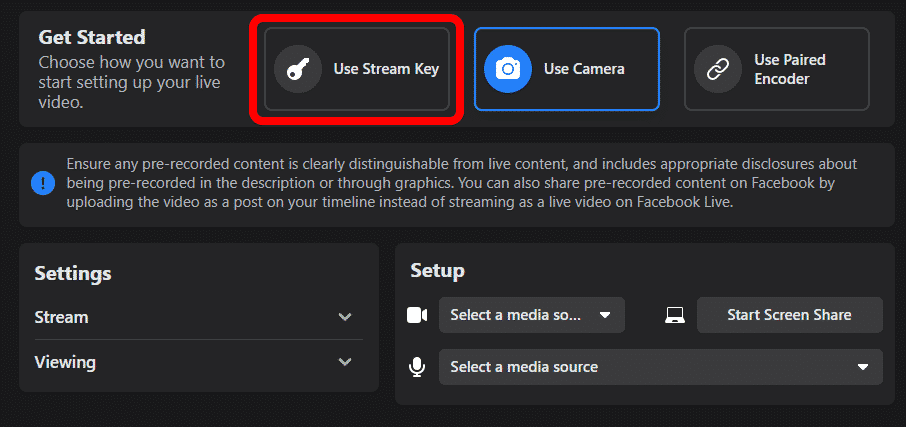

- DETERMINE DIRECT URL FOR STREAM THE WORLD STREAM INSTALL
- DETERMINE DIRECT URL FOR STREAM THE WORLD STREAM FULL
- DETERMINE DIRECT URL FOR STREAM THE WORLD STREAM PC
DETERMINE DIRECT URL FOR STREAM THE WORLD STREAM PC
Some listeners prefer to use their own PC or Mac-based player (WinAmp, Windows Media Player, iTunes, etc.) So we also provide the secure "direct MP3 address" for each live stream. Node core provides a TextDecoderStream to decode binary data.Special Events Stream (64kbps monaural) DIRECT STREAM LINKS Each chunk of the stream is a Uint8Array. In the following example, we pipe the stream through a transform stream.
DETERMINE DIRECT URL FOR STREAM THE WORLD STREAM INSTALL
Once you npm install undici and import fetch, it works the same as in the browser. Undici might end up in Node.js core eventually, and it looks set to become the recommended way to handle HTTP requests in Node. Undici has implemented fetch - and response.body does return a web stream. Undici, an improved HTTP/1.1 client from the Node.js team, is a modern alternative to the Node.js core http.request (which things like node-fetch and Axios are built on top of). node-fetch, a popular dependency that tries to match the API of the browser standard, returns a node stream, not a WHATWG stream. Unlike browsers, Node core doesn’t currently implement fetch. As the spec says, A readable stream can be piped directly to a writable stream, using its pipeTo() method, or it can be piped through one or more transform streams first, using its pipeThrough() method. If you look at the console log you can see that a readable stream has several useful methods. then(response => console.log(response.body)) The response body of fetch() is a readable stream. There are multiple ways to create a readable stream, but calling fetch() is bound to be the most common. Cloudflare workers (which are a bit like service workers but running on CDN edge locations) and Deno Deploy (a serverless offering from Deno) also support streams.
DETERMINE DIRECT URL FOR STREAM THE WORLD STREAM FULL
This makes it easier to write cross-platform code and means developers only need to learn one way of doing things.ĭeno, another attempt at server-side JavaScript by Node’s original creator, has always closely aligned with browser APIs and has full support for web streams. The original Node streams aren’t being deprecated or removed but they will now co-exist with the web standard stream API. The Node docs calls them “web streams” which sounds a bit less cumbersome. The Web Hypertext Application Technology Working Group (WHATWG) web standard for streams came later, and are largely considered an improvement. They are generally considered to be difficult to work with. Node has always had it’s own type of streams. The chunks of data can then be piped to a writable stream. The data can then (optionally) be modified by a transform stream. The underlying data sources could be a file or HTTP connection, for example. Readable streams are where the chunks of data come from. There are three kinds of streams: readable streams, writable streams, and transform streams. Rather than needing to wait to complete the download of all the data, with streams you can process data progressively as soon as the first chunk is available. Streaming involves splitting a resource into smaller pieces called chunks and processing each chunk one at a time. It’s taken a while, but there’s now a consistent streaming API implemented in modern browsers (still waiting on Firefox…) and in Node (and Deno). The Streams Standard was announced back in 2014. Chrome developer advocate Jake Archibald called 2016 “ the year of web streams.” Clearly, his prediction was somewhat premature.


 0 kommentar(er)
0 kommentar(er)
